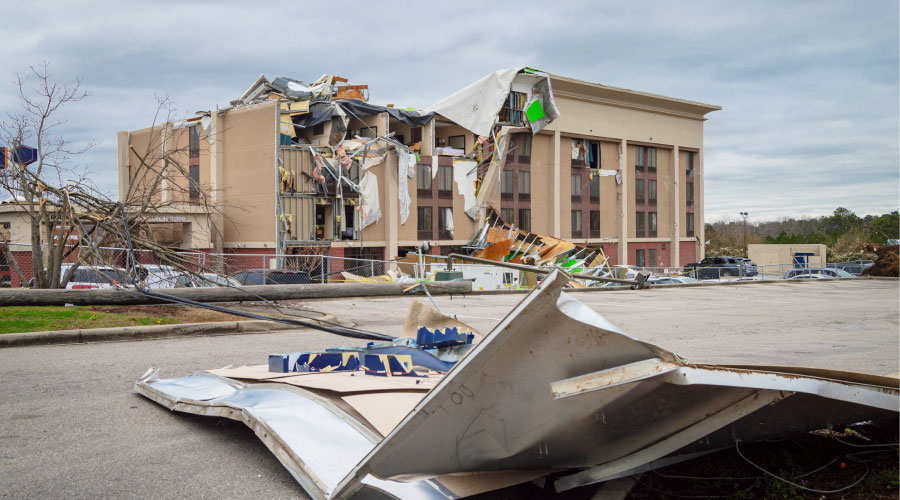Hospital's Lessons Learned from Flood Recovery Experience
The hospital's renovated emergency department re-opened in mid-March.
"Our basement is somewhat back to normal, and everybody's back in place in the basement," Soop says.
In the seven months since the flooding, Soop and Fortino and their departments have learned important lessons about emergency planning and the facility itself. First was the issue of the hospital's location as it relates to the threat of future floods.
"We learned we need a floodwall because one part of the hospital is pretty low," Soop says. "We're working with (the Federal Emergency Management Agency) right now to install floodwalls in certain lower areas of the hospital. If we do have another flood, (the floodwall) will sense the water, and the wall goes up to prevent the flooding and stop the water from coming in the building.
The flooding and its aftermath also reinforced the need for comprehensive planning and preparation, including providing departments and staff with resources from outside to support recovery efforts.
The flooding "was so massive from the get-go that my department was not going to be able to handle it," Fortino says. "So we needed the contact information for restoration companies in situations like this so we can get them in here. If you get hit with a situation like this and you're not equipped to handle it in-house, you really have to have those contacts readily available to get them out there as fast as you can."
Perhaps most importantly, the events of August 2014 reinforced the need for teamwork and communication in responding successfully in a crisis.
"The response from the whole team, not just from facilities and environmental services, was pretty remarkable as to how fast we moved patients and got the needed supplies in time," Soop says. "The cleanup was pretty fast, too."
Related Topics:













